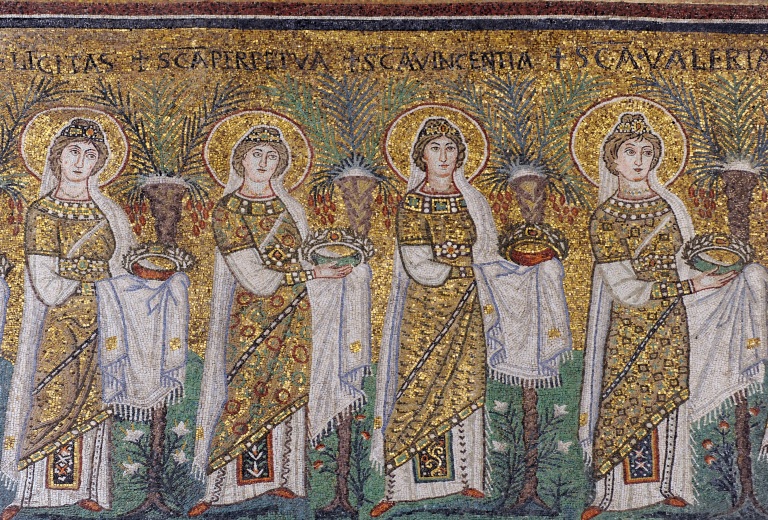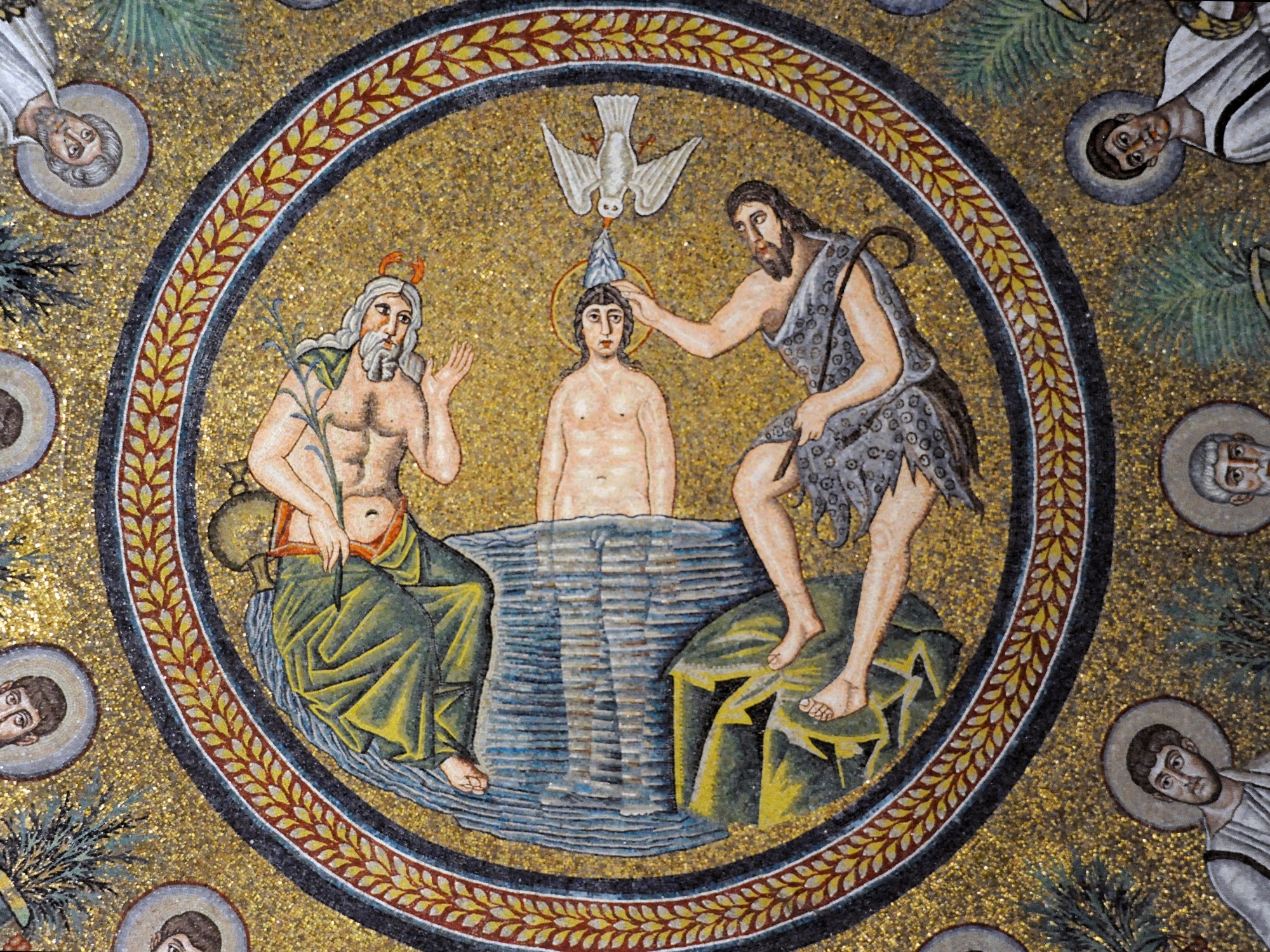Property 788 – Early Christian monuments of Ravenna
I’m fascinated by the transitions in history. I want to know what it was like when one one historical state changed to another. I want to understand how people felt about it – did they know that something momentous was happening? Can we pin down the point at which the change actually occurred?
Often we can’t – it’s a gradual blending from one state to another. But occasionally, there’s a big battle or political decision that changes everything. In the case of the end of the Western Roman Empire it was obvious – Rome stopped being the capital of the Roman Empire and Ravenna had a brief time in the sun.
The late Roman Empire was a strange beast. The time of reclining Emperors dressed in purple and eating grapes had passed. The Empire had been divided into two, then four, then two again, and the Emperors were more like military strongmen than dissolute aristocrats. They were invariably from the army and spent most of their lives on campaign. Rome’s borders were porous and increasingly beset by hairy woad-covered barbarians. Straightened circumstances had forced the Empire’s economy to be smaller and more robust, the better to cope with the stretched supply lines and political fragmentation. And in this world, Rome itself gradually became a sideline.
The capital was moved to Milan and then Ravenna, probably for defensive purposes. Given that the barbarians were in the north, Rome was a long way from the action and difficult to govern from. In addition it was tricky to defend, being surrounded by gently sloping hills which presented no barrier at all to rampaging hordes. Ravenna was a much better proposition – it was surrounded by swampy marshes on the landward side, and had a port on the Adriatic sea which was useful for maintaining communication with the Eastern half of the Empire.
The plan sort of worked. Ravenna was eventually sacked by the barbarians, but then became the local headquarters of the Eastern Empire, the beach-head by which the reconquest of the West was attempted. It was during this strange transitional period that the monuments of Ravenna were constructed. Not quite Roman, not quite Greek, with a strange amalgam of Christian and pagan styles. The product of multiple strands of Christianity, Ravenna was an outpost of an echo which briefly flourished in a period where the rest of Western Europe withered on the vine. It also stands as one of the uncommon monuments from the period of the early Church, before the schism.

I visited Ravenna as a kind of day trip, returning to Rome from Venice. Now, as then, it is something of a backwater. It was also raining with a degree of violence that made me seriously consider just getting back on the train. Luckily it’s a small town and I didn’t have to travel far to see the various UNESCO-listed structures.
To be honest, many of them are pretty boring from the outside. There are two 5th and 6th century baptisteries made out of boring Roman brick which look like nothing much externally. There are some churches, which are fine I suppose, but they look a little tame next to the baroque apoplexies found elsewhere in Italy. Add to that a couple of mausoleums (mausolea?) of contemporary notables and the whole city is looking a bit… non.
But that would be a classic case of book/cover misapprehension. In my view (and that of UNESCO) the real beauty of Ravenna lies inside most of these buildings – their mosaics. Mosaic is a typically Eastern Roman (Byzantine) art form where pictures, particularly in churches, are painstakingly constructed by gluing small bits of coloured tile (tesserae) to a flat surface. The resulting works can look a little bit low-res but they have absolutely glorious colouring compared to the other methods which were available at the time. The images leap out with unmatched vividness and, in the darkness inside a church, the gilded tesserae catch the candlelight and illuminate the space with a spooky glow.
Jesus figures prominently of course, but it is the Eastern Jesus with a beard and long hair and a slightly stern look. He sits with his disciples, perhaps with a gold background and gazes down at the onlooker. Eastern Emperors and Empresses feature too, being the patrons of many of these buildings. There are also a large number of repeating geometric or vegetal patterns with soothing green and blue tones. I have no way of proving this, but I wonder how much of the later Islamic styles of art were borrowed from Byzantine models.

My visit was brief, as I had to battle the pouring rain again to get back to my train. But I left slightly confused, which pleased me. It’s not often you get to visit a relatively famous site and really not know where to place it in your mental catalogue. Greek or Roman? West or East? Civilised or barbaric? Maybe none of the above. Maybe just a quirky transitional period in the long history of humans on Earth. Maybe Ravenna is just Ravenna.
